I'm about to attempt almost exactly what you describe.
Wish us both luck :-).
What Bimpelrekkie says is "true enough" but there is a reasonable chance of getting a "good enough" result if you are willing to "play a little" and also to tolerate the possible worst case consequences.
The worst case outcome is a possible "vent with flame" incident - a rapid flaming discharge that may well destroy the vacuum cleaner and possibly do other damage. This is a possible consequence of most LiIon powered appliances, but in this case we are trying a little higher.
The cells used MUST be able to handle the load current, as noted elsewhere.
Some LiIon cells are rated at 10A or more discharge current. Others aren't. You need to know what your load is and what the cells are rated at.
If tthey are AA NimH cells they are probably not operated at more than 5-10A. If sub C's - maybe more than 10A.
I am using LiIon cells from faulty Dyson vacuum cleaner battery packs to repower an old Electrolux dustbuster - so in my case discharge current is OKish.
A LiIon cell MUST NOT be floated at its full charge voltage of 4.2V. However, it can be floated at say 4.0V. I plan to clamp the pack voltage at 4V/cell or less. In your example, 14.4V/4V = 3.6 cells. Using 4 cells you could charge to 16V (if the charger allowed it) and probably not harm the vacuum cleaner. This has a "flat" voltage of 4 x 3V = 12V.
Or, you could use 3 cells and clamp to 12V. This would provide 9V when cells were fully exhausted at 3V cell - stopping at a higher voltage prolongs cell life.
How well the vacuum cleaner works on 9V is TBD.
Using 4 cells and clamping at 14.4V gives 14.4/4 = 3.6V / cell which would result in an extremely low cell capacity. Increasing this to say 3.8V/cell = 15.2V gives you about 60% of rated capacity when the voltage reaches 15.2V, and about 65% after being allowed to float at this voltage for 2+ hours.
These tables (from www.batteryuniversity.com) show the capacity that you can expect from various endpoint voltages. Note that the figures in the two tables are close but not identical in some cases.


Balancing is "a good idea" but may not be needed. Adding a 4V clamp per cell would allow eah cell to fully charge.
If yoi do not mind reduced capacity you could use something as simple as a zener diode per cell - selected to NEVER allow > 4V/cell at 200 mA (or at actual abs max charge current).
Zener per cell dissipation is 4V x 200 mA = 800 mW so a say 2W zener with sensible cooling should suffice.
While pack clamp dissipation is 12v or 16V x 200 mA = 2.4W / 3.2W respectively, so
a suitable zener or collection of zeners should be "easy enough" to provide.
If you want a precision-bodge-job you could provide an eg TL431 + pass transistor clamp per cell to allow precision voltage control. Which is what I intend to try.

